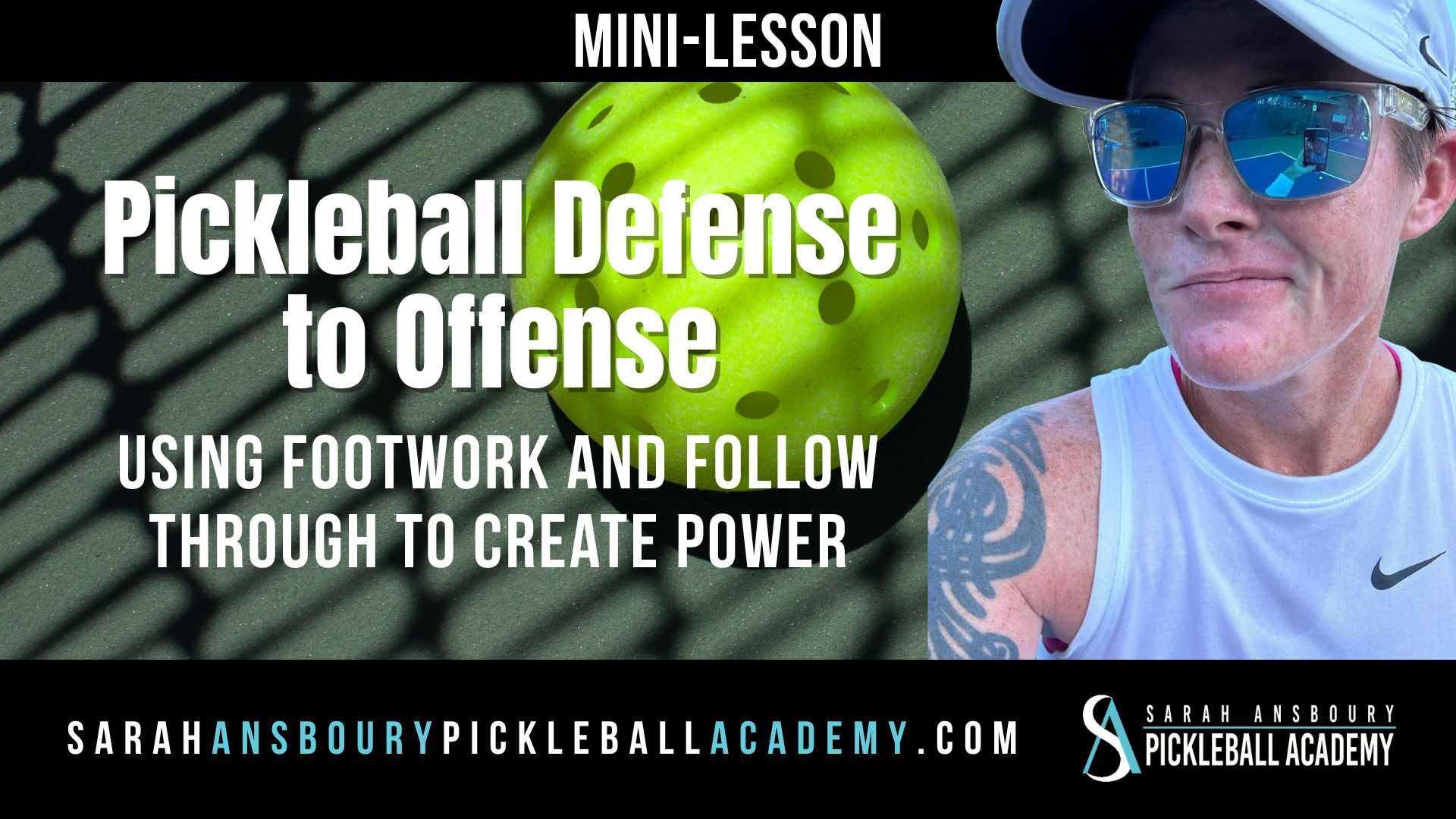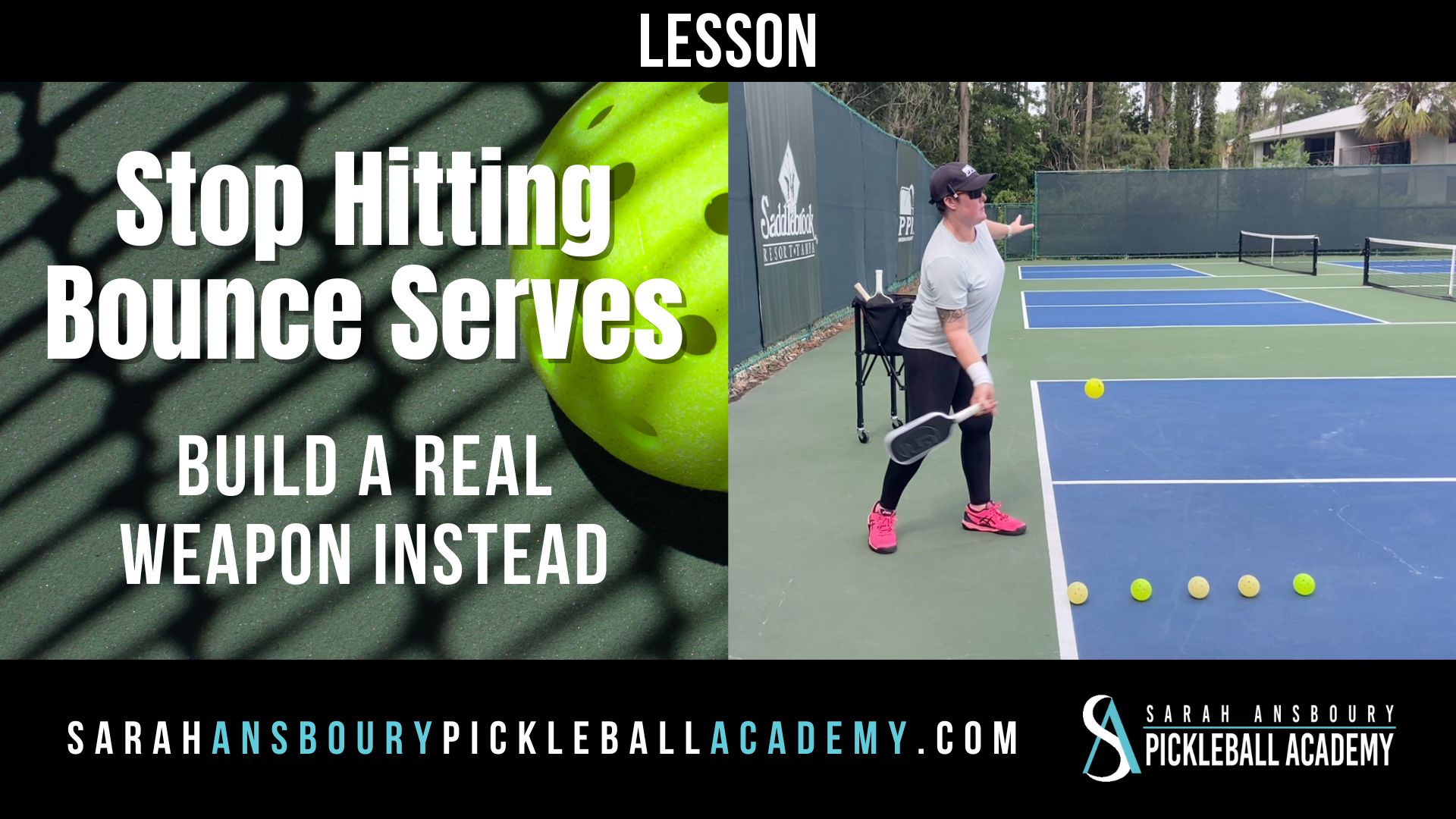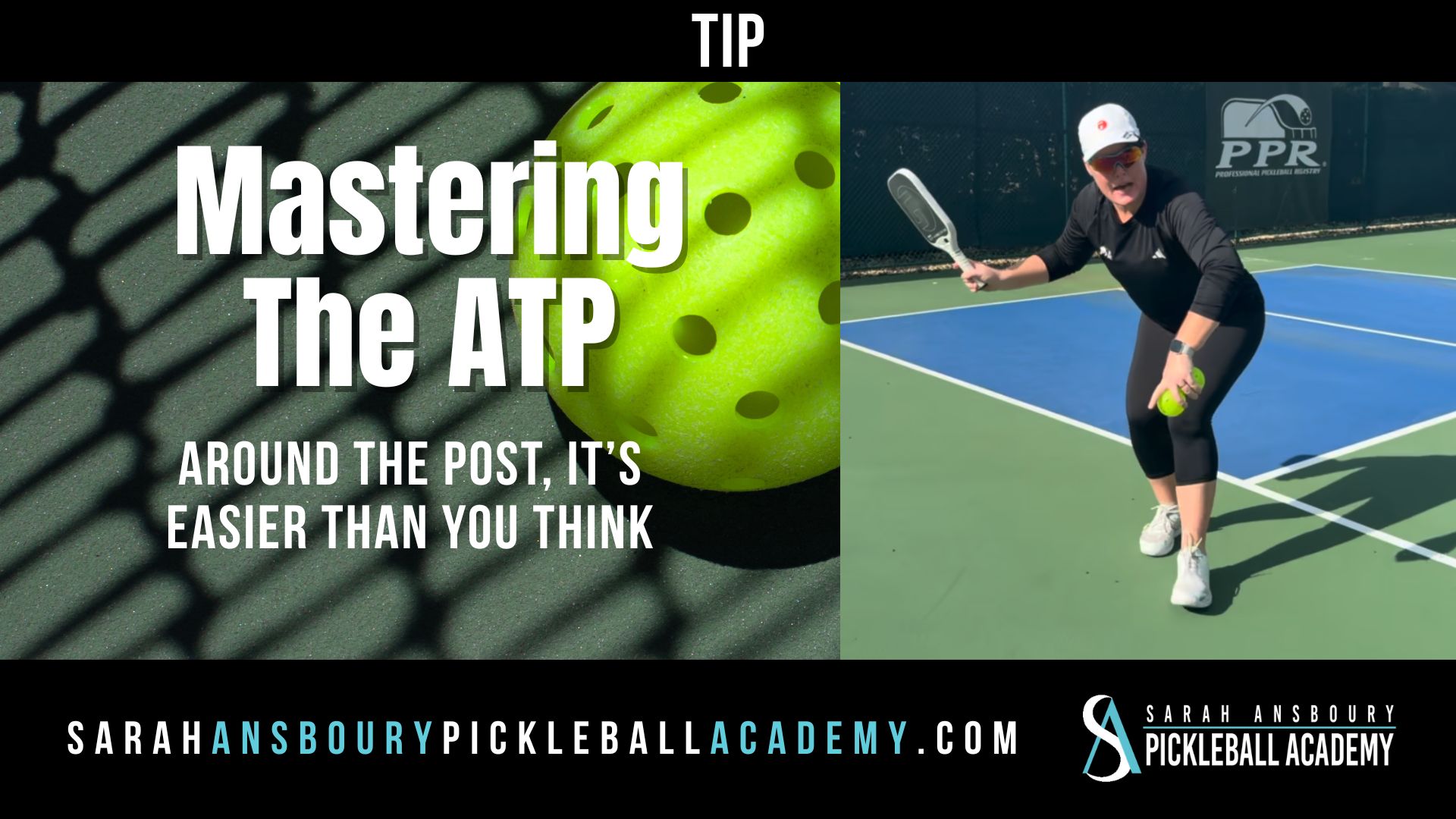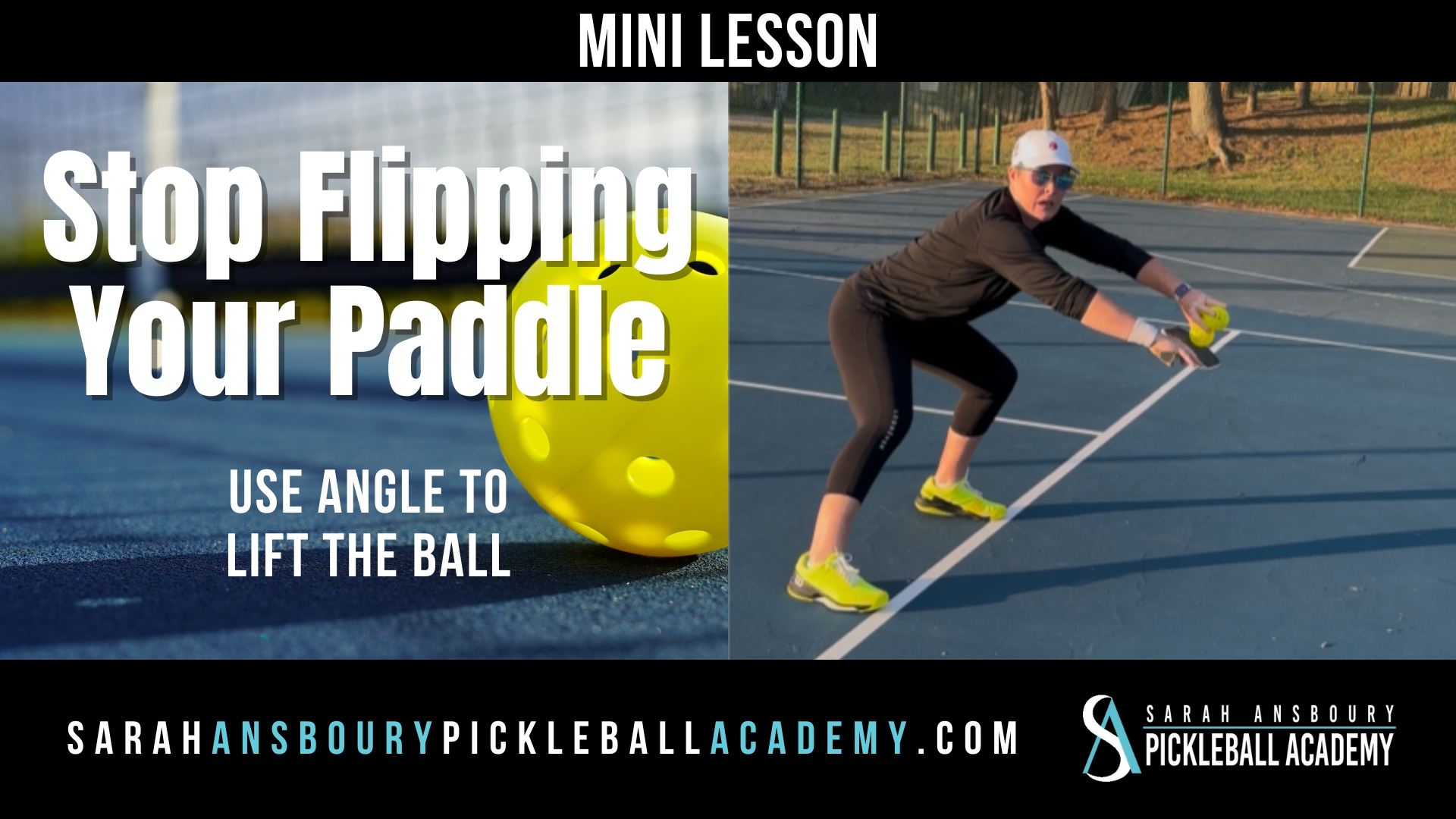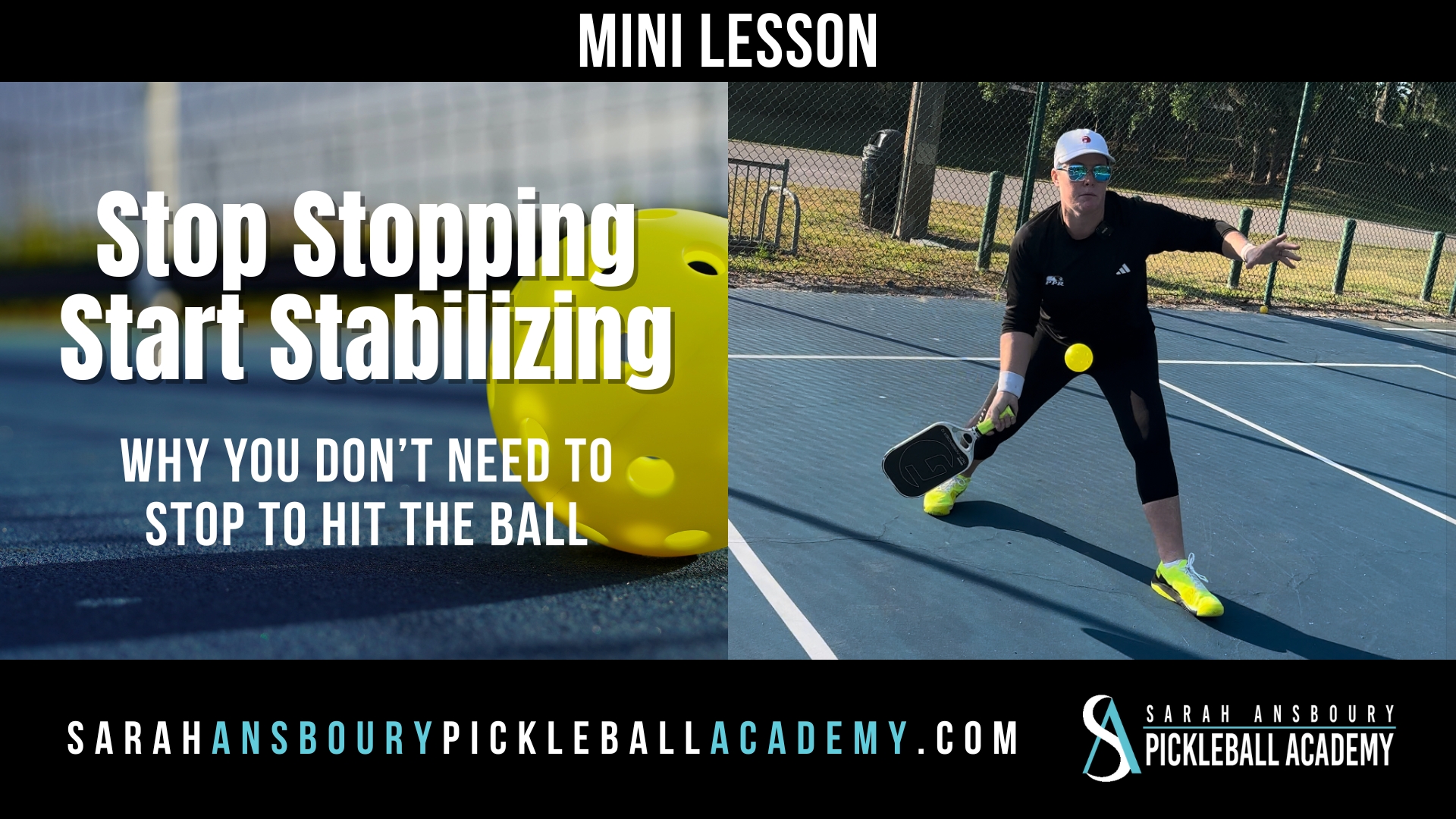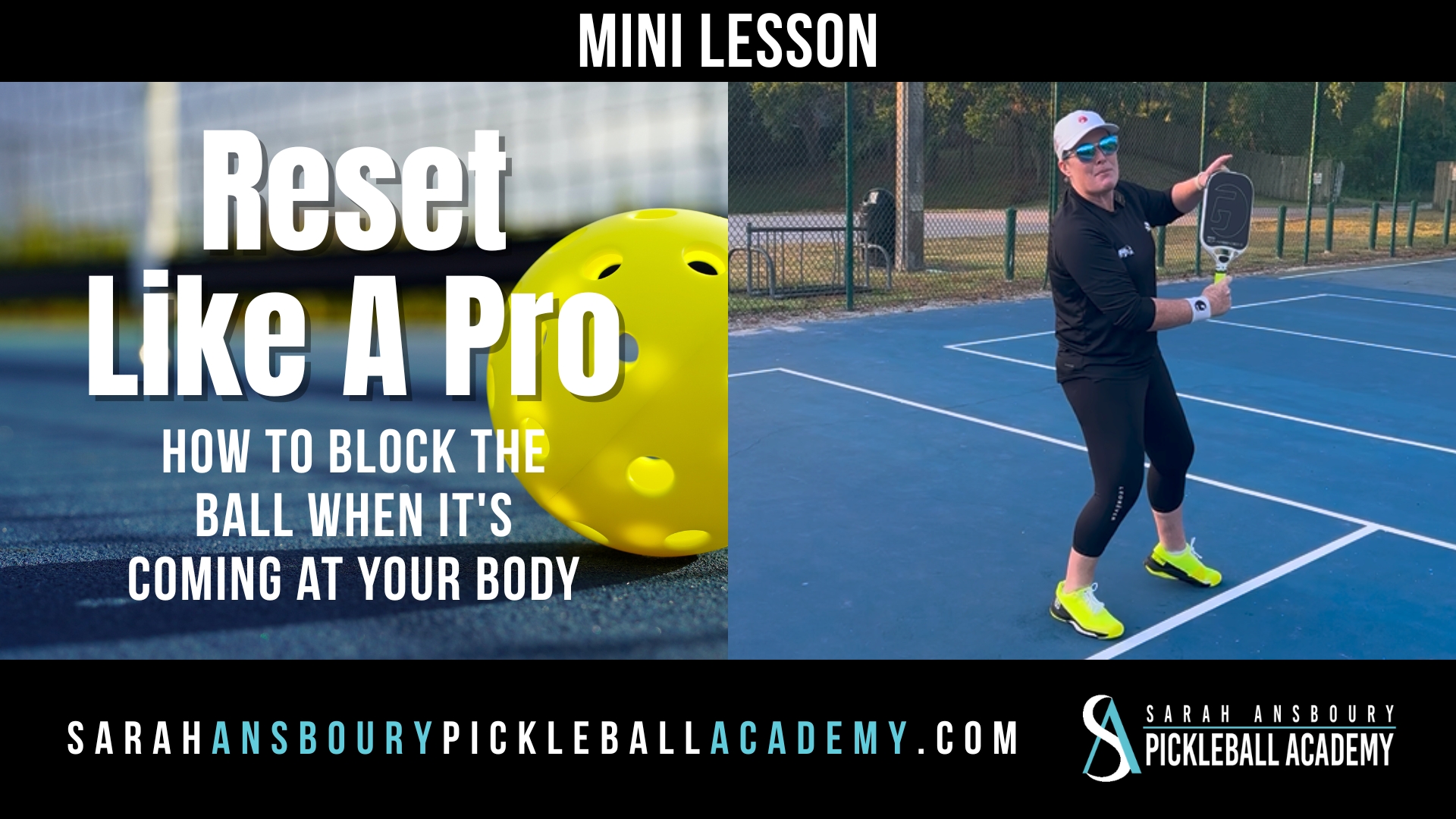One thing that absolutely drives me nuts is seeing players shuffle around the court. It’s exhausting and inefficient, and often, when I’m demonstrating this, it’s to show what not to do. Shuffling can wreak havoc on your knees, ankles, and hips due to the friction it creates. When you’re shuffling side to side, you’re not utilizing your kinetic chain effectively.
The Problem with Shuffling
When you’re shuffling back and forth, you’re not moving as efficiently as you could be. At the top level of play, you don’t see much shuffling. Instead, players are stepping and moving forward. This technique allows you to engage your weight and cover the court more effectively.
How to Move Efficiently
- Engage Your Weight: Position your weight in the direction of the ball. If the ball is to your right, your toes should point that way, and your hips should follow.
- Step and Move Forward: Instead of shuffling, turn your inside foot towards the ball and step. This forward motion helps you cover the court more quickly and positions your paddle for an offensive shot.
When you shuffle, you often take three or four unnecessary steps, which can leave your paddle in a low, non-offensive position. By stepping and turning towards the ball, you can get into a position to swing and accelerate the ball, allowing you to put it away faster.
Covering the Middle
To cover the middle of the court efficiently:
- Open your inside foot and be ready to bounce into that space.
- Don’t overcommit to one side; leave some space open to lure your opponent into hitting there, so you can move in and take control.
Benefits of Stepping
- Improved Reaction Time: By stepping, you’re quicker to cover your designated ten feet of the court.
- Offensive Positioning: Moving forward positions you to hit the ball down and finish the point quickly.
- Body Alignment: Turning and stepping allows your body to support your shots better than shuffling does.
Observing Your Opponent
When you see your opponent shuffling side to side, take note. Players who shuffle tend to foot fault, stepping on the line because they aren’t turning their toes. By turning and stepping yourself, you avoid the non-volley zone, protect your joints, and stay clear of foot faults.
Conclusion
Remember, efficient movement is all about the kinetic chain. Stepping instead of shuffling can revolutionize your game by allowing you to move quicker, stay healthier, and play more offensively. Next time you’re on the court, be aware of your movement. Step into your shots, cover the court efficiently, and finish points faster.
Stop shuffling, start stepping, and watch your game improve while saving your body from unnecessary wear and tear.

